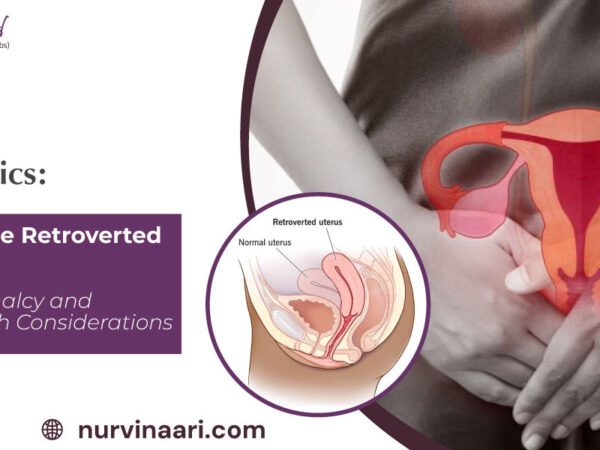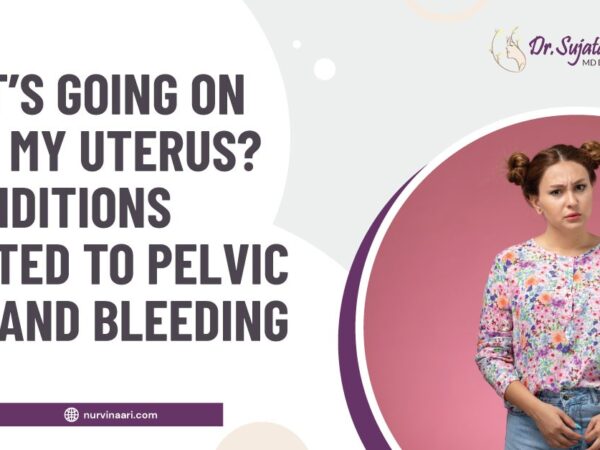Hysterectomy is an invasive medical procedure in which a gynecologist removes the uterus (the woman’s reproductive organ that develops the baby). It is safe and is performed to relieve you from extreme cramps and other painful symptoms, such as uterine fibroids and endometriosis. Still, if you are concerned, talk to a hysterectomy specialist in Thane West, to discuss your goals and alternatives.
When is Hysterectomy Required?
Hysterectomy has become the second-most common surgery in women after c-section. Surprisingly, removing the uterus is almost never compulsory unless you have a serious medical condition, like uterine or cervical cancer. Here’s when your doctor recommends a hysterectomy.
- Excess vaginal bleeding that won’t stop with oral medication or other non-invasive medical procedures.
- Heavy periods accompanied by severe pain
- Fibroids (non-cancerous growth in the uterus)
- Uterine prolapse
- Uterine or cervical cancer
- Endometriosis
The doctor might suggest an alternative to hysterectomy, such as myomectomy if you have uterine fibroids. That means keeping the uterus intact while removing fibroids.
Types of Hysterectomies
Depending on the severity of the issue, your gynecologist will determine which kind of hysterectomy is the best for you and whether the fallopian tubes and ovaries must be removed too.
- Total Hysterectomy: Your doctor may remove the cervix and the uterus, but not the ovaries.
- Supracervical: Only the uterus is removed
- Hysterectomy with Oophorectomy: This is a complete hysterectomy where all major women’s reproductive organs are removed, including the cervix, ovaries, fallopian tubes, and uterus.
- Radical Hysterectomy: This removes the uterus, cervix, ovaries, fallopian tubes, a small part of the upper vagina, and the nearby lymph nodes. This is only done when you are diagnosed with cervical or uterine cancer.
What Happens During a Hysterectomy?
Your doctor will recommend the most suitable type of hysterectomy, depending on your health goals and medical condition. You need to stay in the hospital for a day or two after the surgery. Recovery takes 3-6 weeks. You can go back to your normal routine after that.
Hysterectomy is performed in different ways. Abdominal hysterectomy is the most common surgery where the doctor cuts your abdomen up to eight inches to remove the uterus. Some alternatives to abdominal hysterectomy are:
Vaginal Hysterectomy
Your doctor will remove the uterus through the vagina by making a vaginal cut and putting in dissolvable stitches. This is the safest and fastest way to remove the uterus without any external cuts. That’s also the most preferred method to perform a hysterectomy if you have fibroids or uterine prolapse. You can return home the same day and resume your routine in a week.
Laparoscopic Hysterectomy
The second most viable hysterectomy method is through a Laparoscope. Your gynecologist makes a small cut on your belly button and inserts the laparoscope into your lower abdomen. They make other incisions on the upper and lower abdomen to put other surgical tools inside. The doctor removes the uterus either through these abdominal holes or vaginal openings. You may have to spend a night in the hospital. Visit the best laparoscopic gynae surgeon in Hiranandani Hospital, Thane, for this surgery.
Also Check: Hysterectomy, Some Tips While Recovering From A Hysterectomy Surgery



Comments are closed.